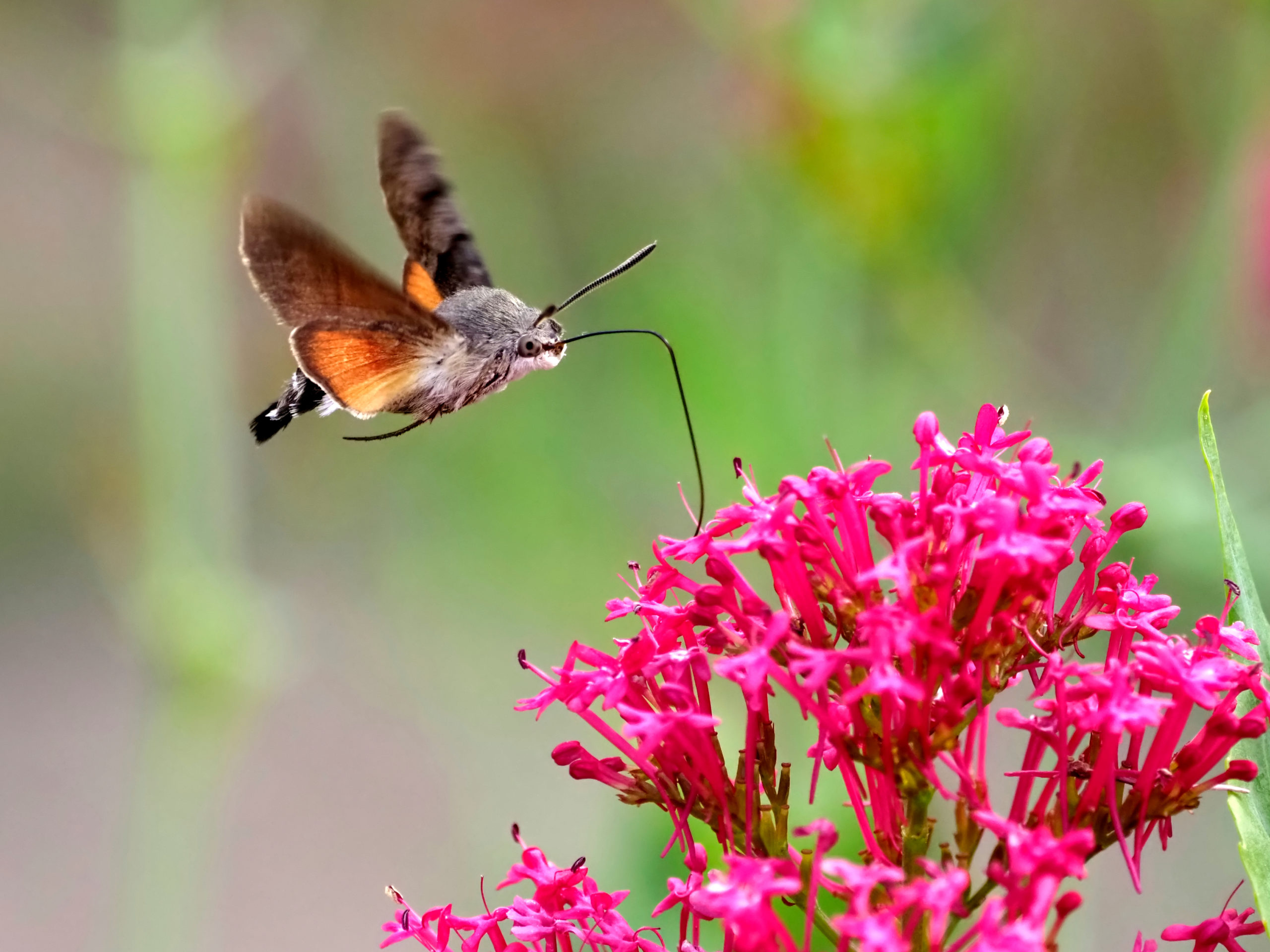
We’ve often written about electronic prostheses that link up with the human nervous system — which essentially means controlling the prosthesis by thoughts alone. A reversal is also possible, as the University of Washington demonstrated in 2020: A machine (the “Smellicopter”) used an insect’s antenna to identify and seek out smells:
“Nature really blows our human-made odor sensors out of the water,” said lead author Melanie Anderson, a UW doctoral student in mechanical engineering. “By using an actual moth antenna with Smellicopter, we’re able to get the best of both worlds: the sensitivity of a biological organism on a robotic platform where we can control its motion.”
Sarah McQuate, “The Smellicopter is an obstacle-avoiding drone that uses a live moth antenna to seek out smells” at UW News (December 7, 2020) The paper requires a fee or subscription.
The moths were anesthetized by refrigeration before an antenna was removed and afterwards, the antennae were stored in the fridge to slow down deterioration.
Why do it?
One huge advantage of drones is that these little robots can go places where people can’t, including areas that might be too dangerous, such as unstable structures after a natural disaster or a region with unexploded devices.
Researchers are interested in developing devices that can navigate these situations by sniffing out chemicals in the air to locate disaster survivors, gas leaks, explosives and more. But most sensors created by people are not sensitive or fast enough to be able to find and process specific smells while flying through the patchy odor plumes these sources create.
Sarah McQuate, “The Smellicopter is an obstacle-avoiding drone that uses a live moth antenna to seek out smells” at UW News (December 7, 2020) The paper requires a fee or subscription.
But can the antennae be got to smell anything that would not interest a moth?
During tests in the UW research lab, Smellicopter was naturally tuned to fly toward smells that moths find interesting, such as floral scents. But researchers hope that future work could have the moth antenna sense other smells, such as the exhaling of carbon dioxide from someone trapped under rubble or the chemical signature of an unexploded device.
Sarah McQuate, “The Smellicopter is an obstacle-avoiding drone that uses a live moth antenna to seek out smells” at UW News (December 7, 2020) The paper requires a fee or subscription.
Perhaps researchers need to find a life form that naturally seeks the chemical signature of an unexploded device.
You may also wish to read: The Bionic Man was science fiction; the bionic hand is not. A recent internet-savvy bionic hand, developed by an American neuroscientist and computer engineer, is the most flexible yet, with sensory feedback. The trouble is, if the new bionic hands are going to help most of the world’s amputees , they can’t cost six million dollars, as in the old TV show.
"machine" - Google News
September 24, 2022 at 02:01AM
https://ift.tt/uydQISk
Machine Uses Live Hawk Moth Antenna for Smell Detection - Walter Bradley Center for Natural and Artificial Intelligence
"machine" - Google News
https://ift.tt/XxMHDvA
https://ift.tt/RKxWS8Q
Bagikan Berita Ini














0 Response to "Machine Uses Live Hawk Moth Antenna for Smell Detection - Walter Bradley Center for Natural and Artificial Intelligence"
Post a Comment